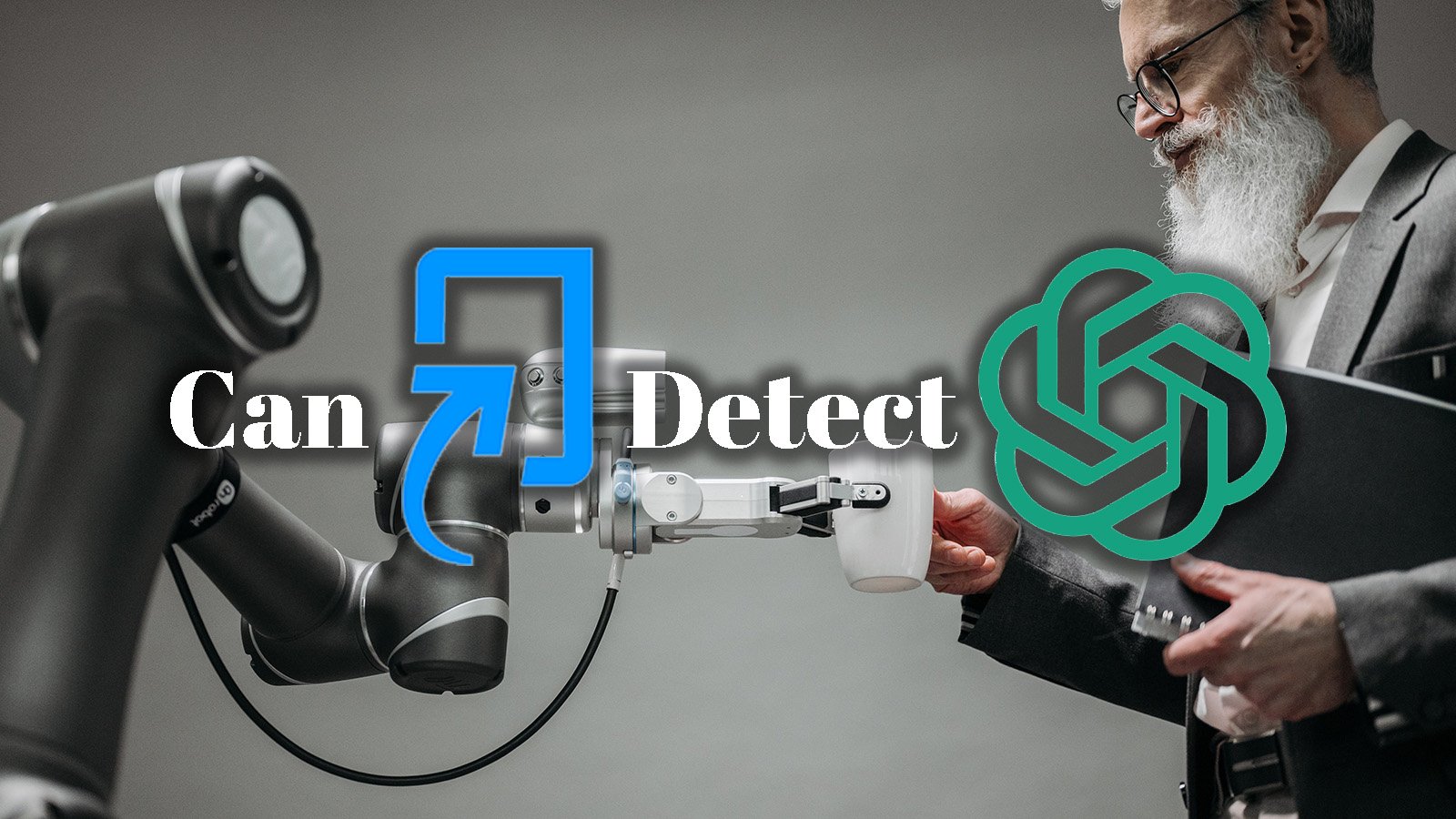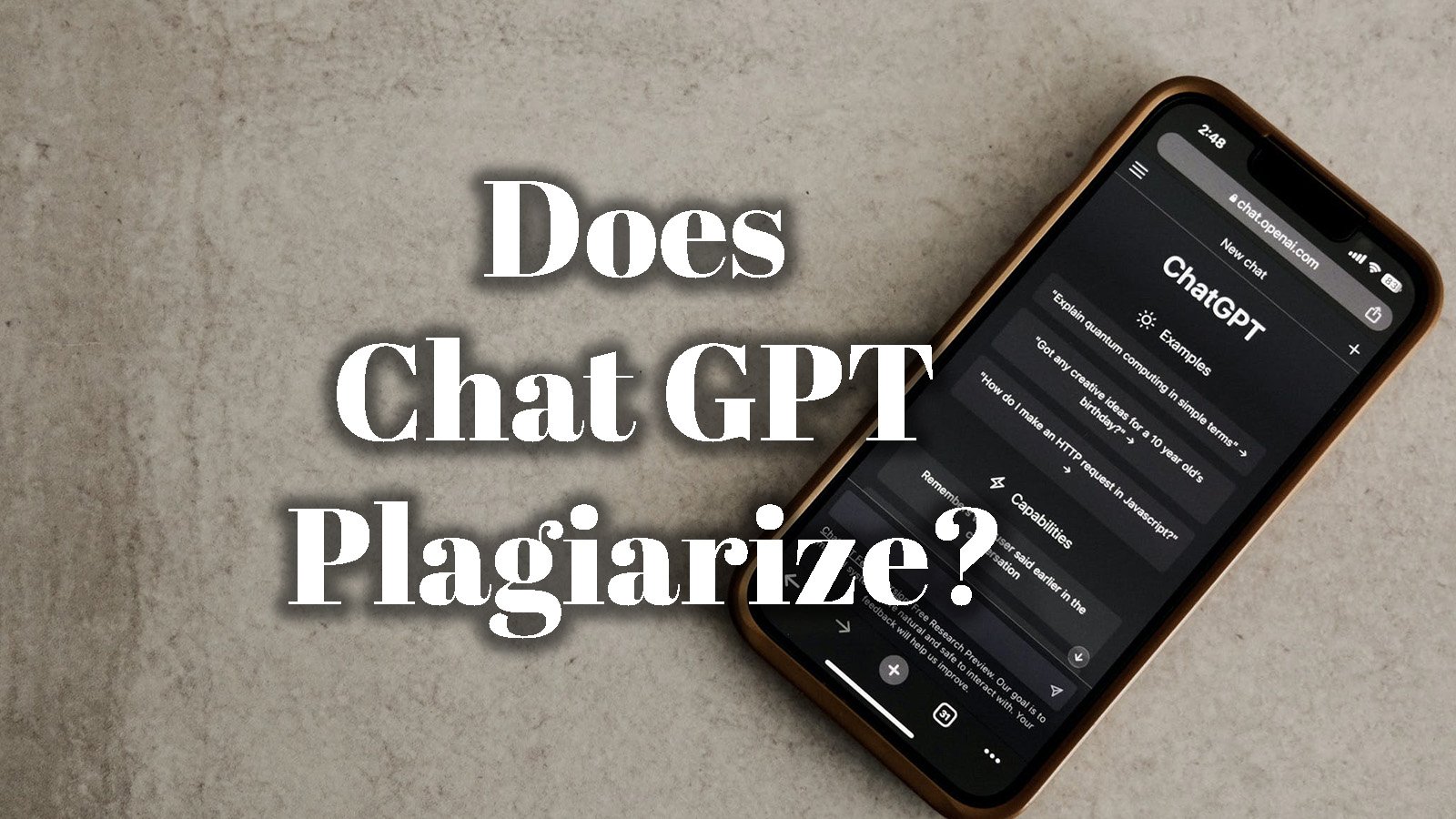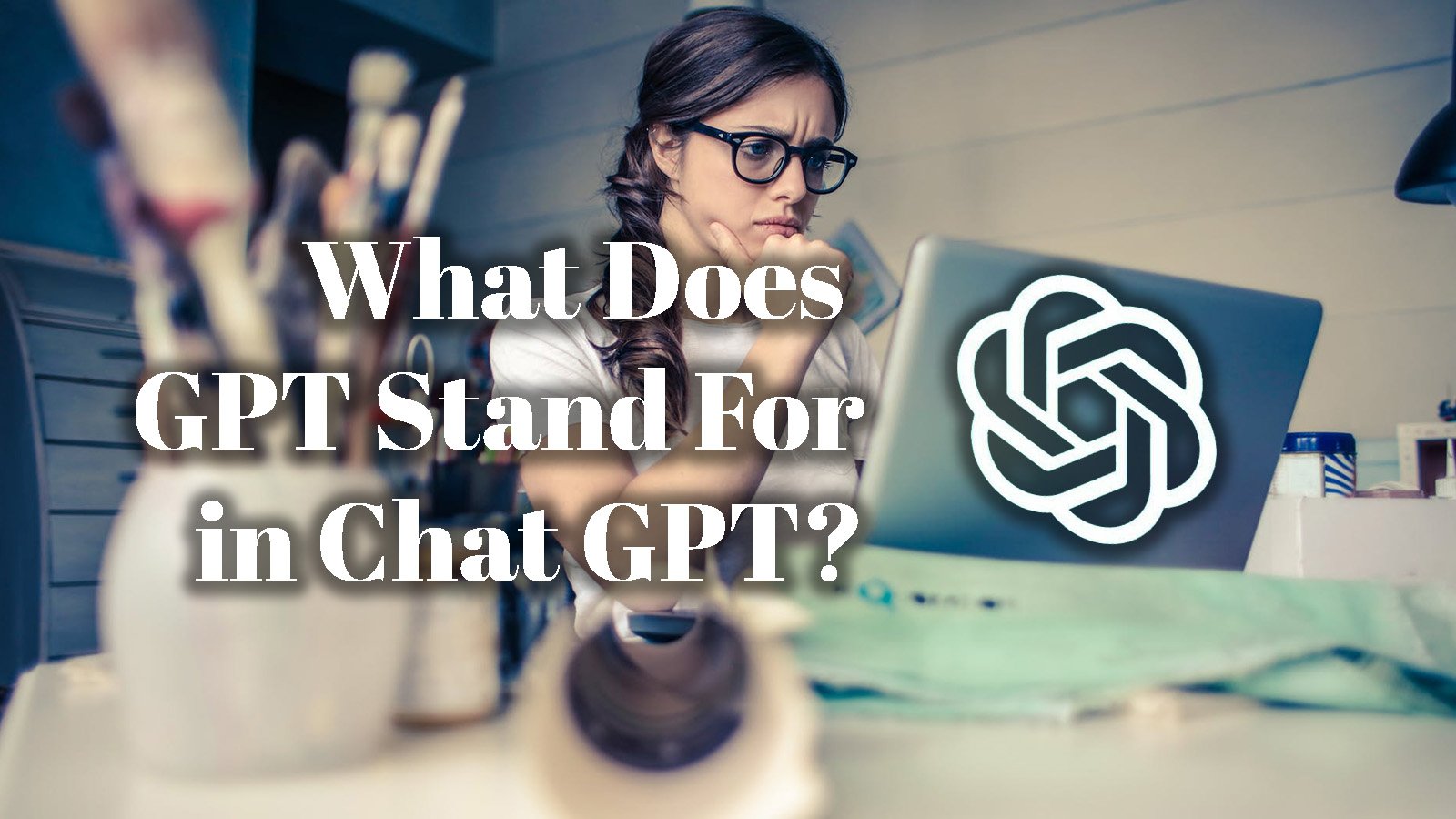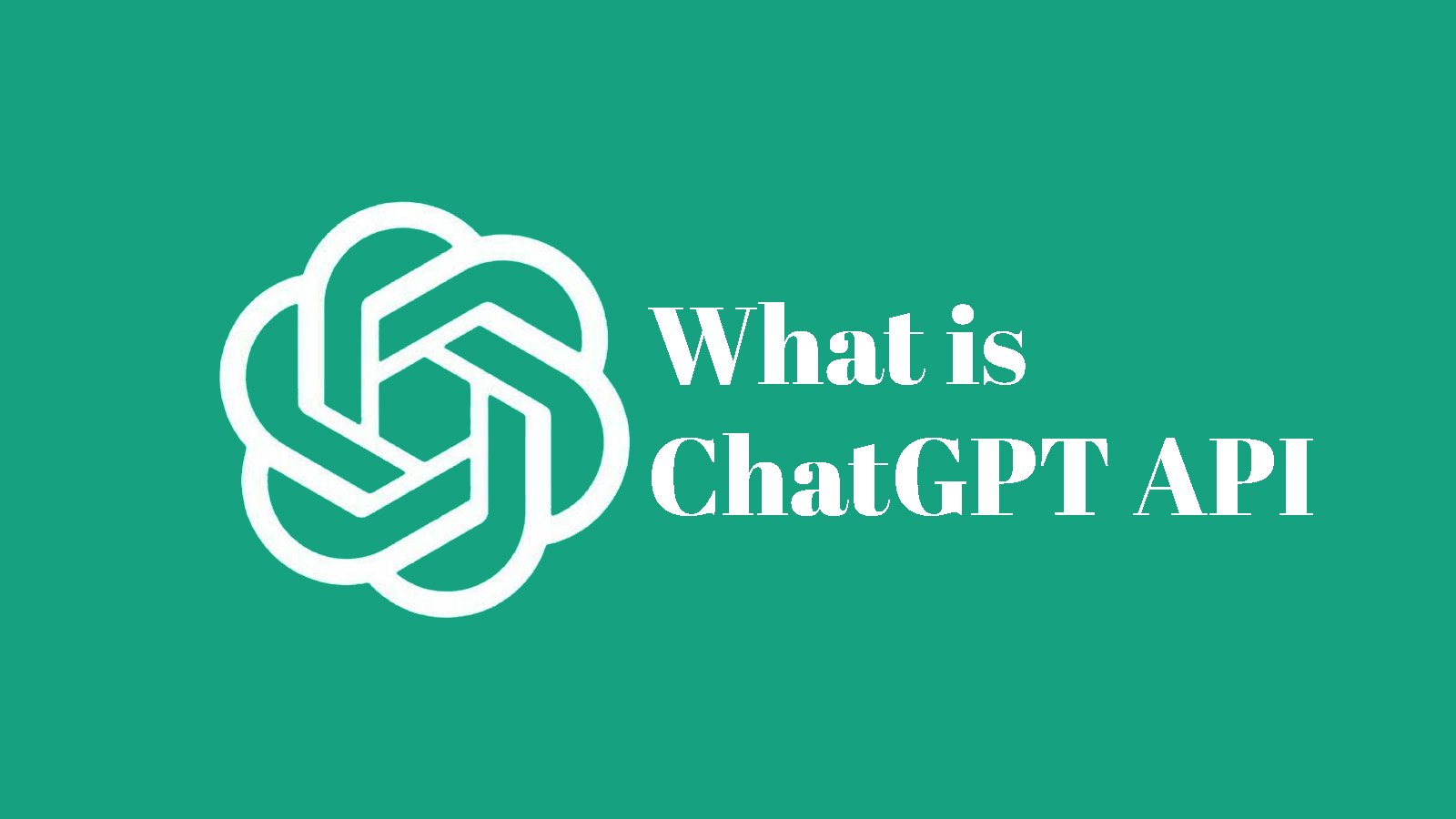Advances in AI technology have led to the development of revolutionary writing tools like ChatGPT, which can generate sophisticated human-like text almost immediately.
The implications present both potential and peril for educators who are tasked with ensuring academic integrity and accurate assessment of student knowledge.
Can Turnitin detect this type of text? With its innovative AI detection feature, it certainly has a fighting chance!
This blog post will provide an overview of how Turnitin works, the ethical considerations involved in using artificial intelligence (AI) generated content for coursework, tips for instructors on detecting such content – and why it is important to do so.
In short, while Turnitin may be able to reliably identify many instances of plagiarism owing to chatbots or large language models trained by companies such as OpenAI, relying on critical thinking skills remains essential when assessing submitted work.
Key Takeaways
- Turnitin has an AI detection feature that can identify up to 97% of texts generated by ChatGPT and GPT-3 with 98% accuracy.
- Instructors should not rely solely on Turnitin’s Originality reports generator, but combine it with reviewing processes for properly evaluating textual similarities versus genuine knowledge contributions within submitted documents.
- Analyzing writing style inconsistencies and assessing content relevance and coherence are other ways of detecting plagiarism from chatbots such as copy/paste reuse and paraphrase manipulation tools.
- Ethical considerations arise when using AI technologies such as privacy violations, copyright infringements, or bias in training data sets which could lead to flaws in the software algorithms resulting in false positives or out-of-date training datasets making any regularly updated attacks undetectable
Related article: What Does GPT Stand For In Chat GPT? Explained!
Understanding Turnitin and Chat GPT
Unpack the mechanics of Turnitin and Chat GPT to better equip instructors with the knowledge necessary to effectively identify and prevent cheating attempts.
How Turnitin works
Turnitin is an automated online system that helps educators and academic institutions detect plagiarism in writing such as student essays, assignments, papers, theses, dissertations, etc.
The technology utilizes algorithms to compare students’ work against web-based content, other submissions from current and former Turnitin users (including universities), and publicly available sources such as author databases.
In addition to conventional patterns of plagiarism like copy-paste or rewording of text without recognition/citation of the source authorship; Turnitin has now implemented an AI indicator that can identify AI-generated text with up to 98% accuracy.
This sophisticated detection technology flags automated texts that have been created using chatbot GPT’s by running them through a comprehensive database It’s on excerpts from previously published sources.
The use of this advanced AI model ensures that all written material checked against their system meets basic standards expected for original academic work; while helping institutional faculty better manage their assessments for large classes with limited supervision capabilities.
To ensure accurate evaluation it’s advised instructors utilize both machine detection tools like Turnitin alongside review processes to properly evaluate textual similarities versus genuine knowledge contributions within submission documents.
Related article: What is Chat GPT API? Beginner Friendly Guide!
What is Chat GPT?
Chat GPT is an artificial intelligence writing tool used to generate content. It uses a type of natural language processing (NLP) called Text Generation Pre-trained Transformer, or GPT-3 for short.
The technology works by offering up educated guesses based on past input and contextual understanding to generate text that typically appears human-written but is generated by a machine in mere milliseconds.
Chat GPT can be used for tasks such as summarizing articles, creating captions for images, suggesting topics for further discussion, and even producing essays given the correct prompts and guidelines.
While it may seem like there are many potential benefits to using AI-generated content in academic settings, instructors should be aware of its limitations if they hope to keep misuse at bay.
Related article: Top 7 Chat GPT Alternatives That Will Increase Your Productivity
Limitations and Ethical Implications
This section examines the potential for Turnitin’s AI detection capabilities to identify plagiarism from Chat GPT as well as the ethical considerations related to its use.
Turnitin’s AI detection capabilities
Turnitin is a widely used plagiarism detection software that is increasingly employing Advanced AI technology to not just detect deliberate plagiarism, but also the usage of AI writing tools such as ChatGPT.
Introduced in 2021, Turnitin’s advanced AI detection capabilities can detect 97 percent of texts generated by both ChatGPT and GPT-3. This broad range of content that can be detected enables educators to effectively monitor academic integrity and assess student-written works with confidence and fairness.
However, there have been instances where Turnitin’s new tool falsely found several papers to be plagiarized raising concerns about the accuracy of this technology.
It thus becomes imperative that instructors use other techniques like assessing coherency and relevance along with analyzing vocabulary used for detecting fraudulent activities concerning chatbot-generated texts, rather than relying exclusively on the results from the Originality reports generator on Turnitin.
Limitations in detecting AI-generated content
Turnitin’s Artificial Intelligence (AI) detection technology is not fool-proof and can be overpowered by certain abuses of AI. Despite the company’s best efforts, its system has been known to present false positives – erroneously detecting human-written texts as a product of an AI model.
Additionally, bias in training data sets, lack of transparency, and credibility are also major considerations that could lead to flaws in Turnitin’s algorithms.
For example, a recent controversy stemmed from biased models trained on gender stereotyping datasets. This created gender identification inconsistencies that were presented as part of Turnitin’s writing review feature Feedback Studio.
There have also been concerns about out-of-date training datasets being used by the AI detector – making any regularly updated attacks undetectable even with ongoing algorithmic improvement updates pushed through cloud computing platforms like Amazon Web Services (AWS).
Overall these limitations make it difficult for faculty to trust that papers checked via Turnitin are free from potential cheating using chatbots or other methods of plagiarism such as copy/paste text reuse and paraphrase manipulation tools where users may earn commissions for using referral links.
Ethical concerns
AI technologies come with a host of ethical considerations, and the use of chatbots for plagiarism detection is no different. In this case, when using Turnitin or similar programs to detect AI-generated content from ChatGPT or other AI engines, there are major implications in terms of privacy violations and copyright infringements.
Since the software belongs to an external provider that can access student data without teachers’ authorization, it could lead to incidents such as information being illegally harvested and misused by third parties who don’t have consent.
Additionally, due to the sophistication of these modern AI models which can learn language patterns more quickly than humans ever could—there lies potential hazards surrounding academic integrity when students turn in text generated by GPT-4 or Quillbot instead of writing original assignments themselves.
Related article: Who Owns Chat GPT And OpenAI? The Story Of AI Success!
Tips for Instructors to Detect Chat GPT Use
Through employing techniques such as assessing writing style inconsistencies, evaluating content relevance and coherence, or leveraging AI-based detection tools like Turnitin’s Originality Report, instructors can efficiently detect the use of Chat GPT during student assessment.
Analyzing writing style inconsistencies
Instructors can identify the potential use of Chat GPT by students by analyzing writing style inconsistencies.
Writing styles are distinct for each individual and telltale patterns, grammar, punctuation, and syntax differences may be present when an AI-generated text is compared to typically written content.
Through a careful comparison that evaluates the overall ‘feel’ of the paper in addition to grammar content, instructors may recognize if certain portions or arguments within a paper have been generated from a program like ChatGTP.
Despite Turnitin’s ability to catch plagiarism using its AI detection technology, it may not always find texts sourced from an AI chatbot due to the language model it has been trained on being focused more heavily on checking for overlap with sources available online rather than determining whether or not something was written by an AI.
Therefore is up to instructors to analyze writing style discrepancies between roommates’ papers or even sections of student essays themselves to determine whether any text was generated from ChatGPT amongst other tools available online.
Assessing content relevance and coherence
As the use of AI-written content becomes increasingly commonplace, instructors must know how to assess relevance and coherence in student work. Relevance refers to whether a text is related or responsive to its context.
Coherence pertains to whether ideas flow together logically within a sentence or paragraph. When evaluating for these qualities, there are some key indicators that should serve as red flags: unnatural word order, nonsense phrases or disconnected sentences, vague formulations like “stuff” instead of specifics, keywords repeated too often throughout an essay (including pronouns such as it and they), limited variations in vocabulary).
Instructors can also analyze writing style inconsistencies—note if certain topics are treated with significantly more detail than others; perspectives may shift unexpectedly; changes in verb tense or shifts between active and passive voice appear out of nowhere; overly complex sentence structure becomes cumbersome at times.
Finally, given the rise of ChatGPT specific tools exist that scan texts for similarities against vast databases formatted specifically for detecting AI-written content which can provide invaluable insights into potential cheating instances using other AI.
The role of AI in education
AI technology is gaining popularity in educational settings as more educators explore the possibilities it offers to enhance teaching and learning. AI-based technologies, such as natural language processing (NLP) and machine learning algorithms, enable students to interact directly with computers, providing personalized feedback based on their progress.
AI can also be used for student assessment and grading by using pre-programmed models to identify errors in spelling and grammar or important topics that need review. Additionally, data analysis allows schools to track trends in performance by subject area or class section across a variety of metrics like attendance rate or test scores over time.
Overall, this has allowed instructors to gain valuable insights into individual student needs which would have been much more difficult without AI technology at their disposal.
The use of AI isn’t limited only to K -12 education either; universities are increasingly taking advantage of its capabilities as well: whether it’s virtual lab assistants who can assist students with complex engineering problems or peer mentors who guide freshmen through college life via chatbot conversations, AI continues to hold promise for higher education institutions around the world.
It’s no surprise then that academic researchers are now employing this technology for research purposes – from automated literature reviews conducted via NLP algorithms that filter through vast quantities of online journal articles written in multiple languages,.
As stocks continue blossoming day after day , investors are under pressure mostly when making decisions. In this modern world, Artificial intelligence has found its way into financial investments giving helpful insights about companies’ stock status.
The importance of academic integrity.
Academic integrity is essential to fostering meaningful learning opportunities. Plagiarism, contract cheating, and the use of test banks can detract from a genuine education experience.
To help promote academic integrity, Turnitin has leveraged advanced AI detection capabilities to identify potential plagiarism in student work – including content generated by chatbots like Chat GPT.
This confluence of technology and ethics presents both an exciting opportunity for educators and peers as well as challenges that must be addressed through closely monitoring student writing for similarity inconsistencies or pertinent information that may reveal Chat GPT usage.
Related article: ChatGPT Jailbreak Prompts Ultimate Guide 2023
Conclusion
In summary, educators continue to be faced with the constant challenge of detecting and deterring AI-generated plagiarism. Turnitin’s new AI detection tool has been impressively effective in identifying written content from ChatGPT.
However, it is important to note that even Turnitin’s powerful advanced technology can only detect plagiarism with 98% confidence. It is also essential for instructors to stay aware of other ways in which such material can be detected, like analyzing writing style consistency or assessing content relevance and coherence.
As AI advances are made each day and more sophisticated methods emerge for producing text, tools will need to become increasingly powerful if we are going to successfully combat potential abuse.
Ultimately, maintaining academic integrity requires vigilance on the part of both instructors as well as students who must adhere strictly to ethical principles when engaging with automated intellectual assistance systems like AI chatbots such as GPT-4.
Related article: How To Use ChatGPT? Easy Guide To Use Chat GPT!
FAQs
Can Turnitin detect content generated by ChatGPT AI?
Yes, Turnitin is updated to detect text from the GPT-4 model, which is used in ChatGPT and other AI technologies.
What type of writing does Turnitin’s AI detection look for?
Turnitin is really good at catching copied parts in student assignments. It looks for plagiarism by comparing your writing to a big collection of university essays it has already seen and learned from, which helps it find matches more accurately.
How can I tell if my text was written by an AI or a human?
Highly advanced language models such as ChatGPT make it difficult to tell if something was written by a human or created with AI help. But tools like Turnitin’s Feedback Studio can spot similarities between your work and other writings from around the world.
Does using an AI chatbot have any ethical implications?
Yes, Using machine learning like a chatbot without careful control can raise ethical concerns. This is because students might use it to buy papers that include artificial or copied text by stringing together phrases, which isn’t fair. An example of such a tool is ChatGPT.
Is AI technology Going To Change the Way We Identify Plagiarism In The Future?
Yes! With its ability to generate highly realistic texts accurately faster than ever before, it’s likely that developers will continue pushing out new tools based on artificial intelligence (AI) capabilities.




 Does Chat GPT Plagiarize? Is AI Plagiarism Free?
Does Chat GPT Plagiarize? Is AI Plagiarism Free?